An A/B split test I did in April this year showed that for my Collectorz.com landing pages, photos of real people worked better than cartoons. So the completely new site design I created in June features large header images showing either me or my wife standing in front of our movie and book collections, like this:
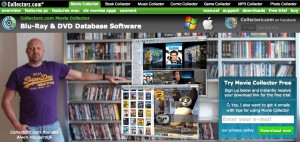 But a comment by Gleb Koshuiko on this blog (“Try to smile on the photo”) and one by a fan of our Collectorz.com Facebook page (“that is one angry dude”) made me think:
But a comment by Gleb Koshuiko on this blog (“Try to smile on the photo”) and one by a fan of our Collectorz.com Facebook page (“that is one angry dude”) made me think:
What would happen if the landing page had a smiling Alwin instead?
Or, let’s take this one step further, would it help if the person in the picture smiled and pointed to the main call-to-action, the free trial box?
So that is the test I just completed: Serious vs Smiling vs Pointing.
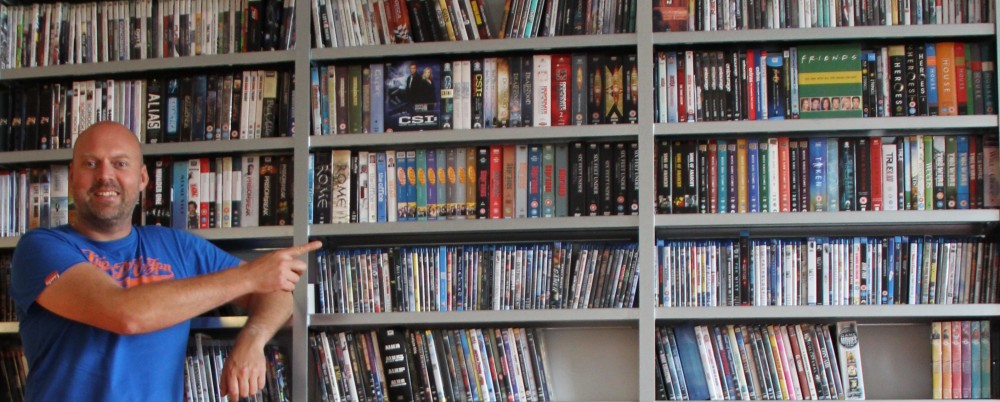
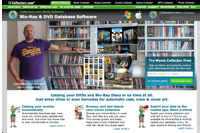 My
My 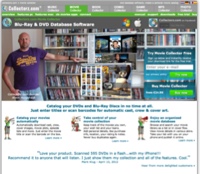 The A/B split test for my new
The A/B split test for my new 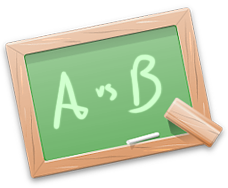 After running an A/B split test, when the results are in, you always have to make the decision:
After running an A/B split test, when the results are in, you always have to make the decision: For the past 2 years, our Movie Collector product page has shown a picture of me standing in front of my own DVD collection. Similarly, the Book Collector home had a picture of my wife Sytske and her book collection.
For the past 2 years, our Movie Collector product page has shown a picture of me standing in front of my own DVD collection. Similarly, the Book Collector home had a picture of my wife Sytske and her book collection.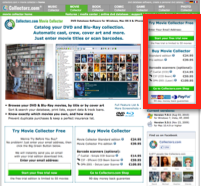 Through the years I have been experimenting with many different landing page designs and layouts. And there is one factor that’s consistently proving to improve conversion rates.
Through the years I have been experimenting with many different landing page designs and layouts. And there is one factor that’s consistently proving to improve conversion rates.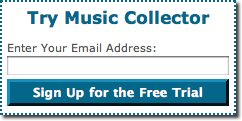 Last week, Dan McGrady reported
Last week, Dan McGrady reported 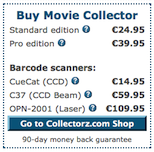 Once in a while, I try to take a “fresh” look at my website. I just put one of our product pages on my screen, I sit back and try to imagine what it looks like for a new visitor, who just arrived there after a Google Search.
Once in a while, I try to take a “fresh” look at my website. I just put one of our product pages on my screen, I sit back and try to imagine what it looks like for a new visitor, who just arrived there after a Google Search.